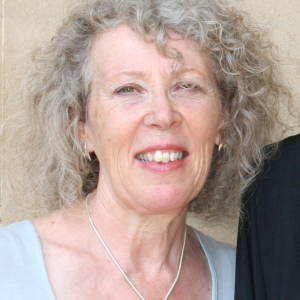Play time
The Black-headed Gulls are back on the Avon after what looks like a successful breeding season. There are more juveniles to adults than I think I've ever seen before, and having survived the tricky first few weeks and made it to their families' winter territory, the adolescents are running a little wild. The first time I saw one attempt to land on a Mute Swan's head I assumed it was some kind of steering error, but after the third time it happened right in front of me, I came to the conclusion that the youngsters are provoking the swans for fun. Personally I probably wouldn't, but then I'm not a teenage laughing gull*.
When not risking the wrath of much larger water fowl, the juveniles spend a lot of time teasing each other. This game works especially well when one of them has some actual food that the others can chase after it to try to steal, but in the absence of humans throwing bread, one of them will start it by diving onto a fallen leaf or a bit of plastic. This will trigger an immediate mêlée, with squawking birds whirling and swooping around each other until one emerges victorious with the prize - after which it will race away, with the rest giving chase - and rinse, and repeat, until they find something more interesting to squabble over. It was very windy today, and remembering how we used to say that the family's dogs and cats had "a gale in the tail" when they got a fit of the zoomies in windy weather, I wondered if the gusty wind was contributing to the gulls' skittishness. Maybe it was - or perhaps they're just at a difficult age.
* The species-specific name of the Black-headed Gull is "ridibundus", which means "laughing". There's a different species, Leucophaeus atricilla, whose common name actually is the Laughing Gull, but this is a North American bird, and its appearances in the UK are vanishingly rare, so there's little chance of confusion between the two.

Comments
Sign in or get an account to comment.


